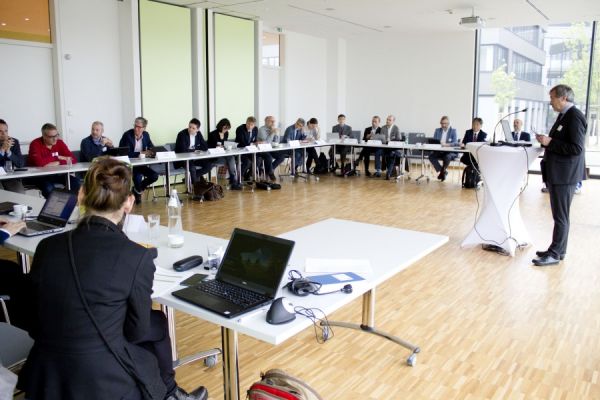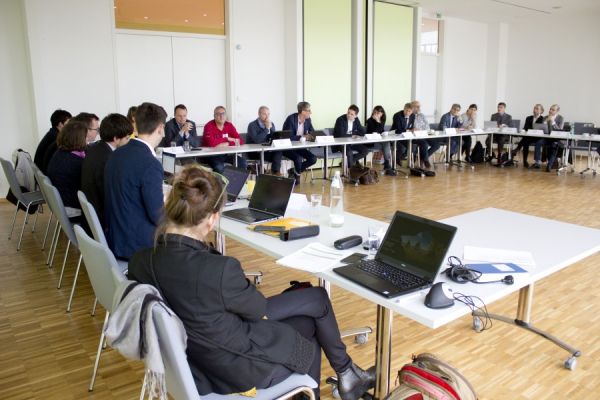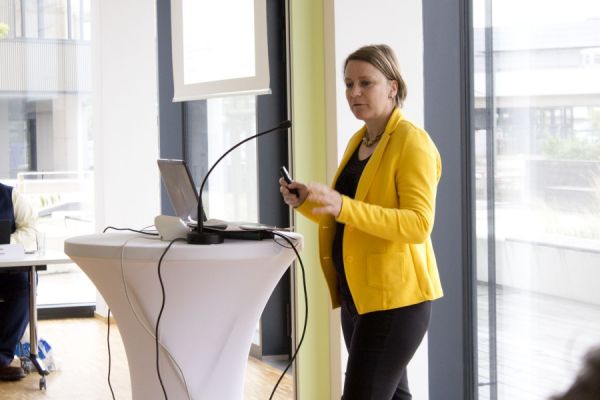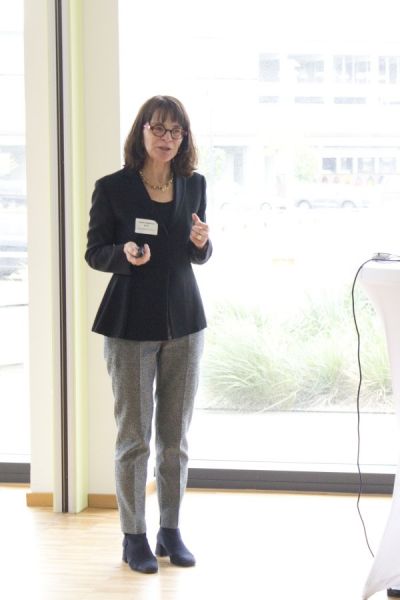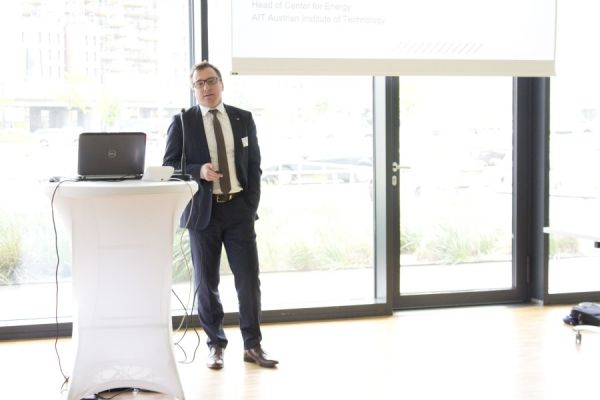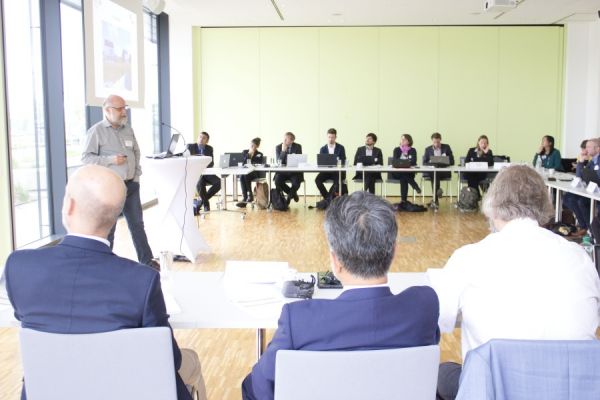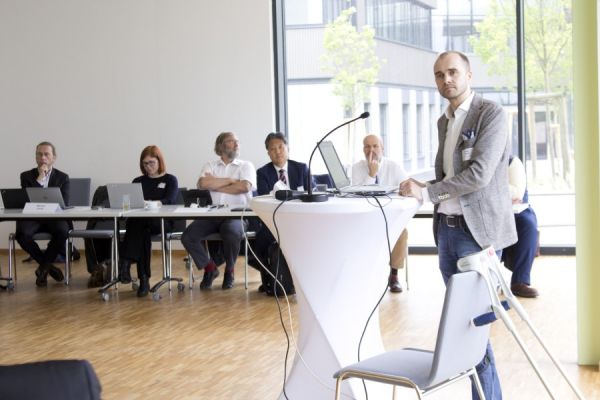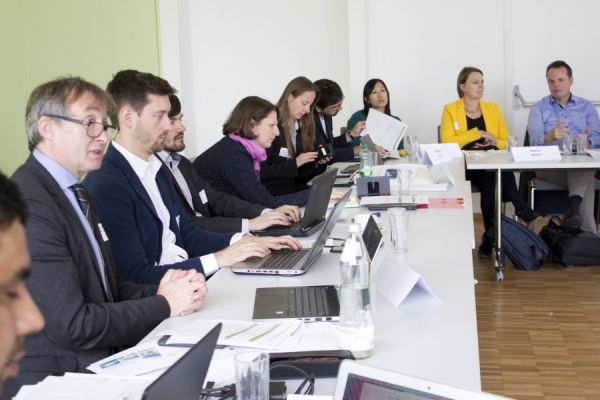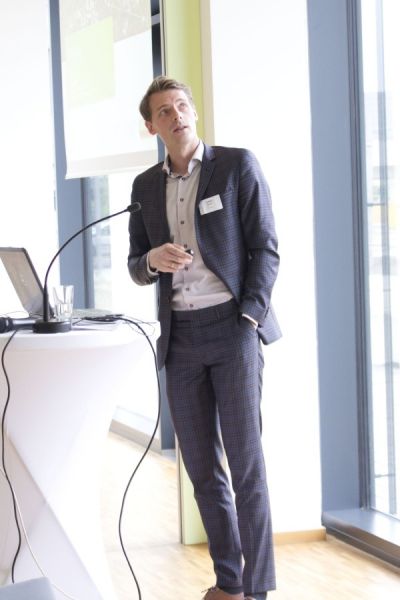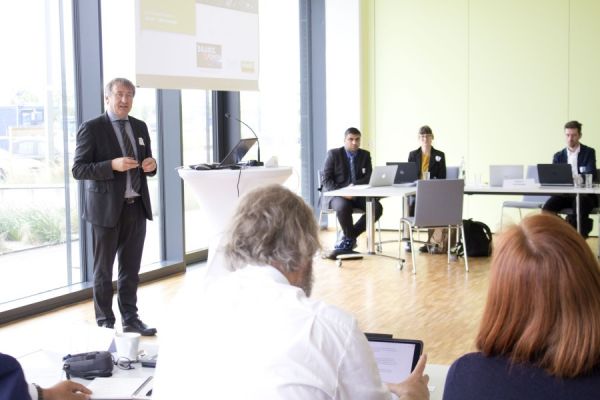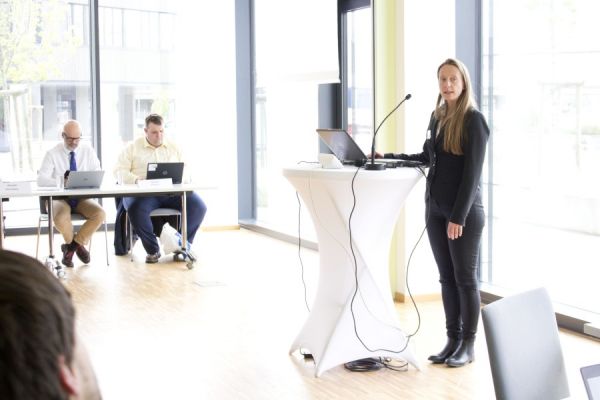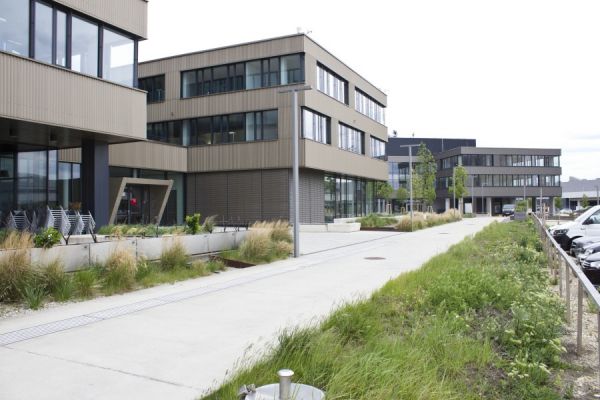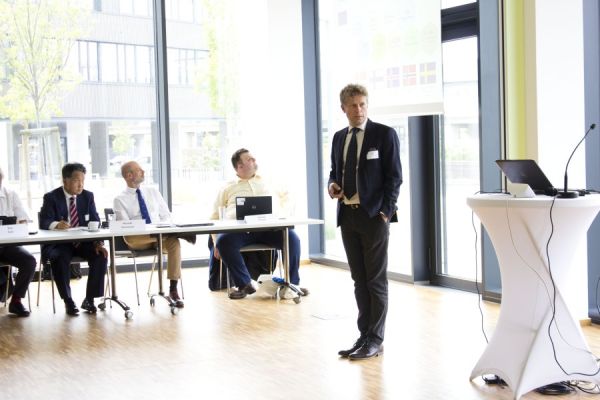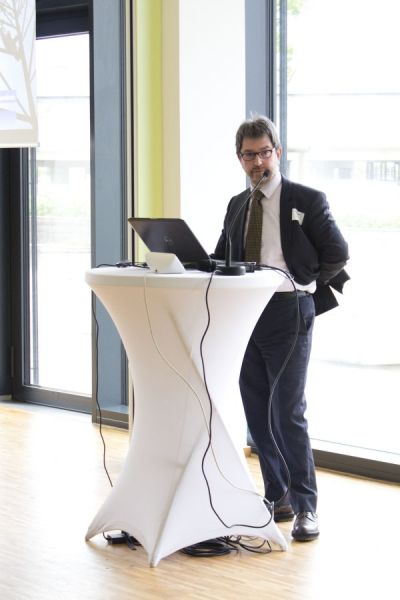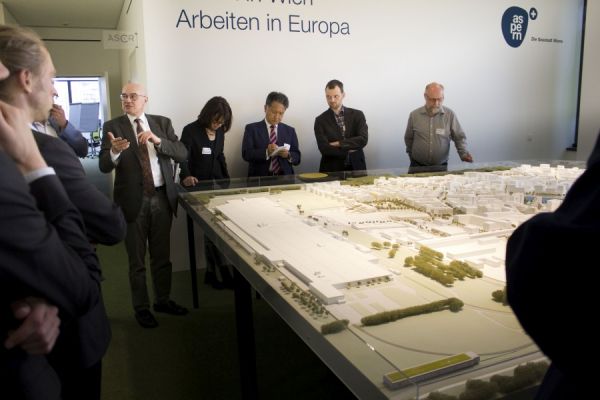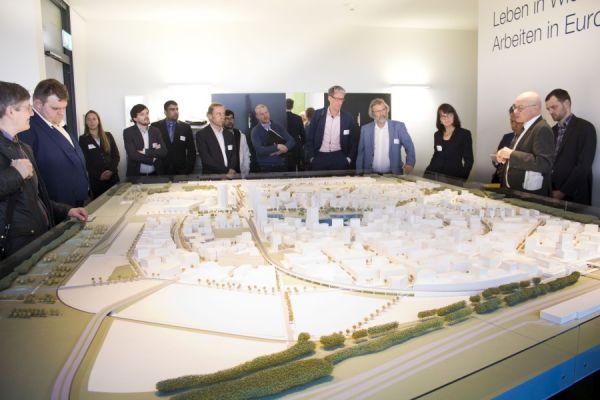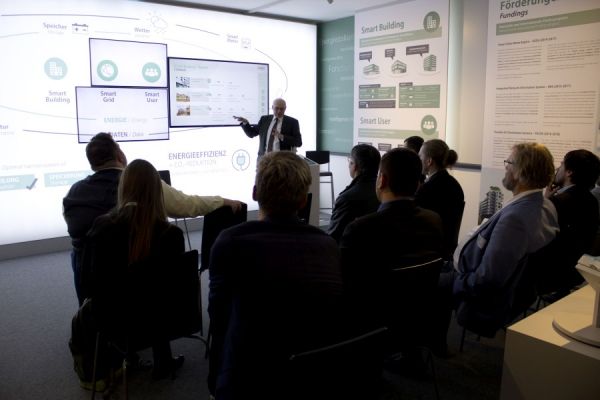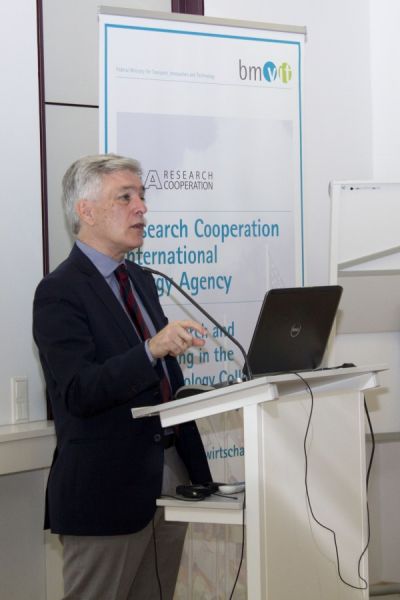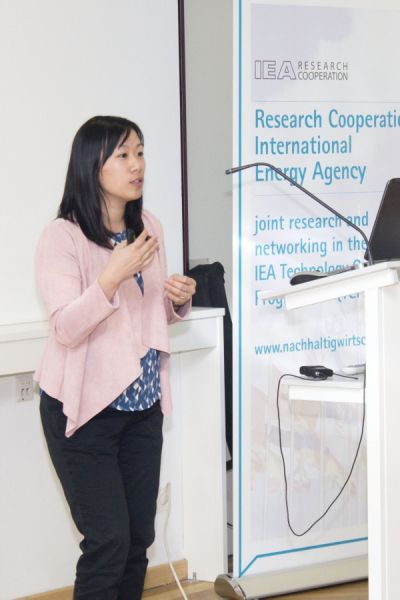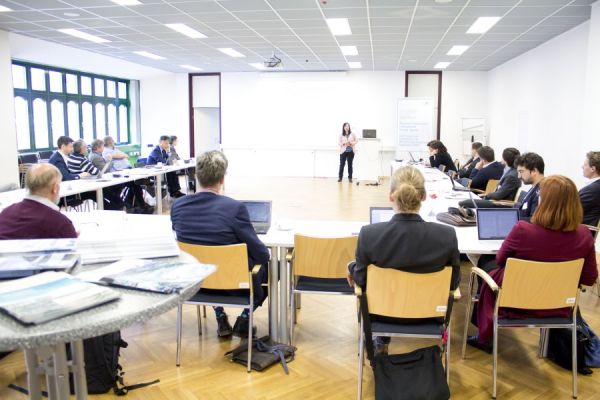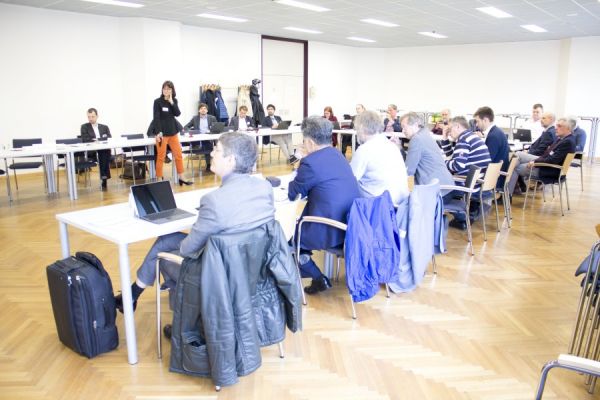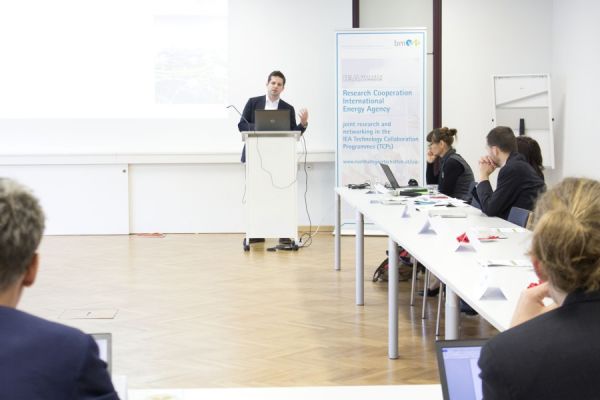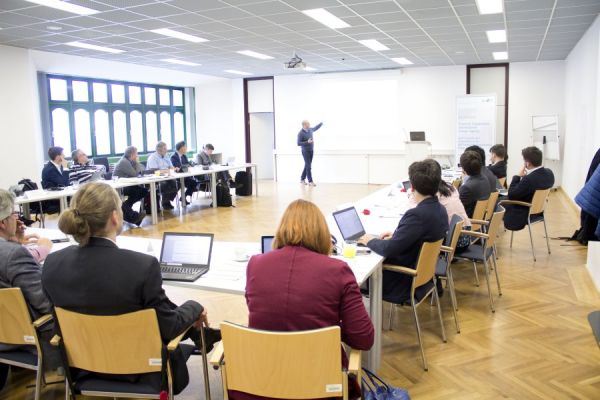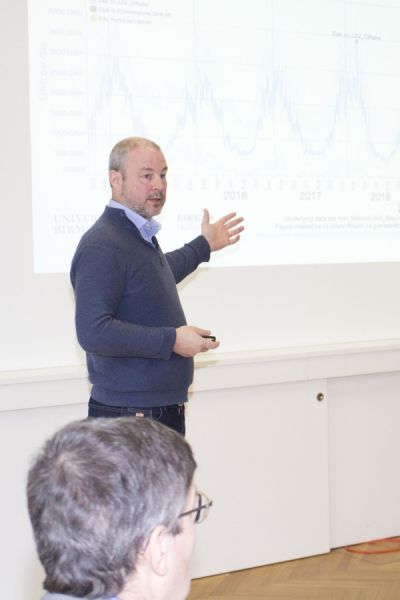IEA EGRD Workshop "System Resiliency and Flexibility"
Organizer
Austrian Ministry for Transport, Innovation and Technology (BMVIT)
Documentation
The Change in the energy system from a fossil fuel based to a renewable energy production is linked to major challenges. Beside of a carbon free energy supply, resilient systems are mandatory in the future. A resilient energy system ensures a durable stable power supply even under extreme conditions.
In the course of this workshop, framework conditions for the minimisation of vulnerability on the one hand and maximisation of resilience of the energy supply on the other had been discussed.
On the first Day "flexbilitiy" was the main focus of the workshop. The share of renewable energy in the energy system is growing constantly. A 100 % renewable energy system needs high flexibility because the energy production will be generated in a lot of small decentralized volatile power plants that do not follow the demand. Flexibility is the ability of the power system to respond to variability and uncertainty in electricity production. In order to increase flexibility in the system, innovative approaches, new business models and investments are essential along the whole value chain. This includes sector coupling, demand side management, energy storage, investments in grid infrastructure, digital solutions, harmonisation across Europe as well as increased R&D investments and international cooperation.
All experts agreed that flexibility needs to be considered in future planning. The overall energy system needs to include a stable frequency and secure energy supply, but also a local perspective with the focus on secure transfer capacities. Increased R&D on new technologies for storage, sector coupling as well as business models and system aspects are needed to develop a save power system.
The second day of the workshop focused on a resilient transformation path for the future energy system in times of climate change. It included presentations and discussions about the framework to analyse the resilience of the energy security of supply in Europe the technical assistance to countries in need for resilience planning and technical solutions following disasters as well as cyber resilience of the future grid. The experts agree that there is a need for common definition and understanding of resiliency. This includes in particular resiliency in light of extreme events, being accidental or intentional, having an immediate impact on the energy system.
This workshop addressed the following issues:
What will the future energy system look like? What are the key challenges and main risks for energy systems with a high share of variable energy sources?
- Which RES are required to meet the goals of the Paris Agreement?
- To what extent does the increase of RES require technologies to balance supply and demand?
- Differing challenges in various countries: workshop 'One fits all' or unique solutions?
- Are existing technologies sufficient to deal with the necessity of balancing supply and demand?
New technologies and new business models: where are we heading?
- Which technologies for the increase of flexibility are applied on a global scale?
- Of the existent climate change adaption technologies, which are suitable and ready for the system of the next 50 years?
- What are the possibilities and prospects of new technologies to balance supply and demand?
Best practice examples: Which lessons have we learned so far?
- Learning from showcase regions around the world: Necessity of individualised solutions for different needs?
- Which lessons can be learned from regions with a high share of intermittent RES, and are there any further derived findings?
What are the resilient transformation paths for the future?
- Analysis: What are the system's weak points and which factors contribute to a high vulnerability?
- What can be done in order to add a greater impetus to resilience and adaptive and capacity?
Which are the main factors to be considered regarding R&D policies and decision making?
- What potential lies in the transformation towards flexible energy systems to improve resilience?
- Which questions need to be addressed in future R&D policies?
- Which funding instruments will be required?
- Which R&D programmes for the development of new technologies to increase flexibility and system resilience already exist?
Program
Introduction
- Opening remarks
Sabine Mitter, Austrian Ministry for Transport, Innovation and Technology - Introduction to the EGRD
Birte Holst Jorgensen, EGRD Chair - Energy flexibility in Austria - in the Framework of a European energy transition
Wolfgang Hribernik, Austrian Institute of Technology
Session 1: Flexibility in sustainable energy systems
- Flexibility for a sustainable energy system: outcomes of the recent EUWP workshop
Michele de Nigris, RSE - Energy flexible buildings - EBC TCP Annex 67
Soren Ostergaard Jensen, Teknologisk Institute - Flexibility needs in the future power system
Werner Friedl, ISGAN TCP/Austrian Institute of Technology - Energy flexibility, a framework and use-cases
Bram Sieben, Advisor to the Board at Alliander
Session 2: Practical experience with building flexibility into systems
- Green Energy Lab: Demonstration projects and innovation paths for the flexible, customer-oriented energy system of tomorrow
Susanne Supper, Green Energy Lab - The potential of flexible thermal grids to decarbonise the heating sector
Stefano Coss, Institut für Nachhaltige Technologien - Choice of flexibility sources towards a 100% renewable based Nordic energy system
Klaus Skytte, Technical University of Denmark - Flexibility from the network: Puglia Active Network Project
Michele Giovannini, E-Distribuzione
Session 3: Challenges, obstacles and risks on the way to a resilient energy system
- Risk and resilience assessment: key challenges from the European experience
Marcelo Masera, European Commissions - Resilient energy systems: risks and challenges
Jessica Lau, NREL - Smart grid cyber-resilience
Sebastian Lehnhoff, OFFIS e.V. - Britain's gas system, a case for educing flexibility to increase wider system resilience?
Grant Wilson, University of Birmingham
Session 4: Flexible and resilient energy systems: towards R&D policies and decision making
- Opportunities and challenges in the context of the coal phase-out in Germany
Arjuna Nebel, Wuppertal Institute - Learnings from the Hokkaido blackout
Manabu Nabeshima, ANRE/METI - Risks of natural gas exploration as one of the drivers for the energy transition in the Netherlands
Frank Witte, Netherlands Enterprise Agency - Italian strategy towards power system resilience and regulatory scenario
Emanuele Ciapessoni, RSE
Documentation
Contact Address
Karin Granzer-Sudra
Austrian Society for Environment and Technology
E-Mail: karin.granzer-sudra@oegut.at
Phone: +43 (1) 315 63 93-26

